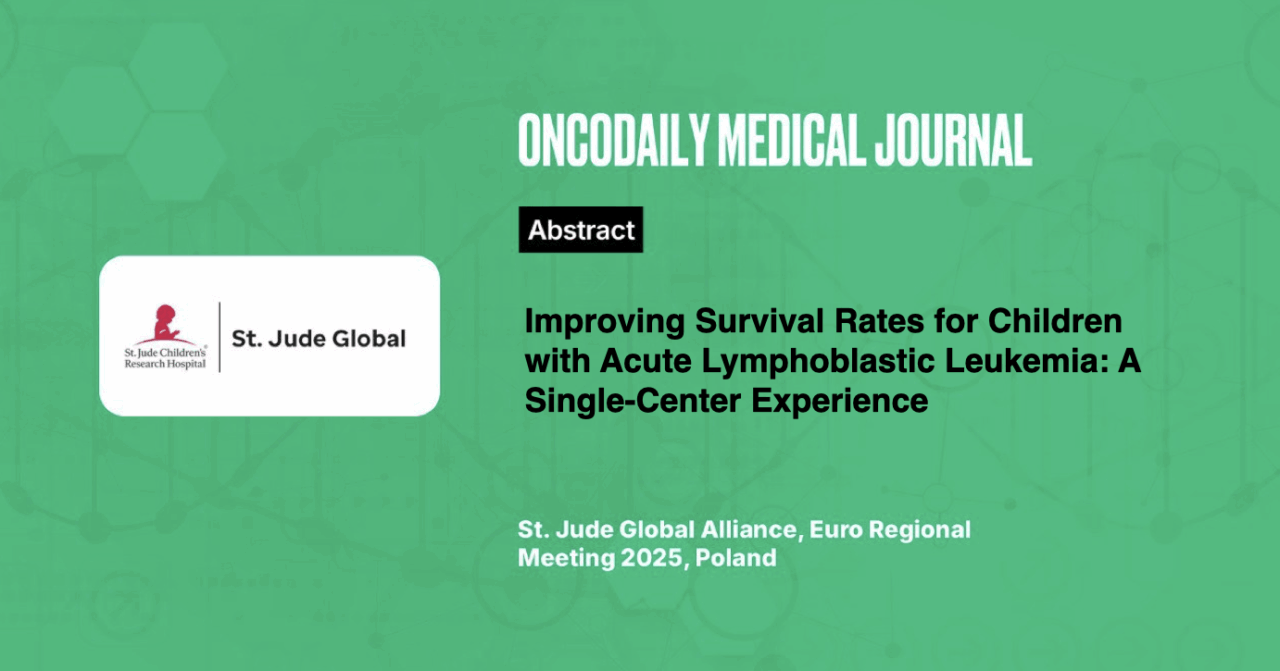Improving Survival Rates for Children with Acute Lymphoblastic Leukemia: A Single-Center Experience
Abstract
Introduction: The Romanian National Cancer Registry published a survival report in 2024, comparing two periods (2010-2013 and 2014-2017). The report showed that in Romania, children diagnosed with acute lymphoblastic leukemia (ALL) had improved overall survival (OS) at one year (from 85% to 90%), at three years (from 76% to 82%), and at five years (from 74% to 80%). The aim of our study was to retrospectively analyze outcomes at Fundeni Clinical Institute (Bucharest, Romania) over a seven-year period.
Methodology: The cohort included 223 patients diagnosed with ALL between 2016 and 2022, with follow-up until July 1, 2024. Patients who emigrated during the first-line protocol were excluded. Electronic files provided data on diagnostic, therapeutic, and outcome parameters. Between January 2016 and June 2019, the standard treatment protocol used was BFM2009 (T1), while between July 2019 and December 2022, treatment was based on BFM2017 (T2). Statistical analysis was performed using Python version 3.12.
Results: For all 223 patients, overall survival (OS) rates were 91.9% at one year, 85.6% at three years, and 85% at five years. Comparing T1 (121 patients) vs. T2 (102 patients), we observed increases in event- free survival (EFS) at three years (77.5% vs. 82%) and five years (70.8% vs. 82%), in overall survival (OS) at three years (83.3% vs. 88.3%) and five years (82.5% vs. 88.3%), and in relapse-free survival (RFS) at three years (88.3% vs. 89.7%) and five years (81.7% vs. 89.7%).
The rate of complete remission (CR1) at the end of induction (FCM-MRD <0.05×10−4) improved from 85.18% to 87.75%. Additionally, reductions were observed in relapse rate (19% vs. 8.82%), early-death rate (5.78% vs. 3.92%), and death- in-CR1 rate (4.95% vs. 3.92%).
Conclusion: Our study demonstrated a continuous increasing trend in survival rates for children treated at our center, as well as reductions in induction-related deaths, deaths in remission, and relapse rates. These improvements can be attributed to the refinement of stratification criteria in international treatment protocols, enhanced supportive therapy, and additional training of medical staff involved in the multidisciplinary care of these patients.





